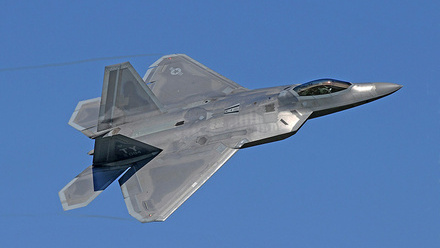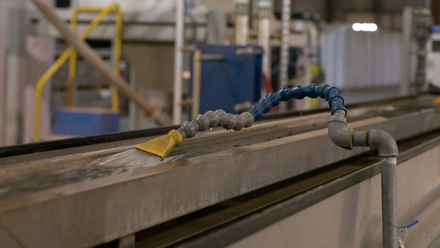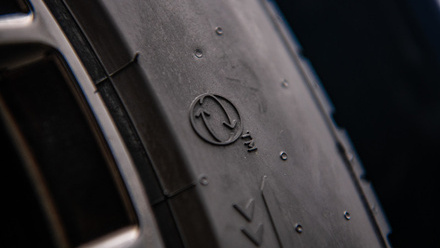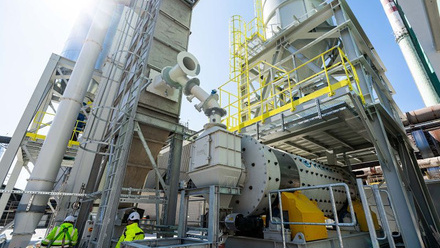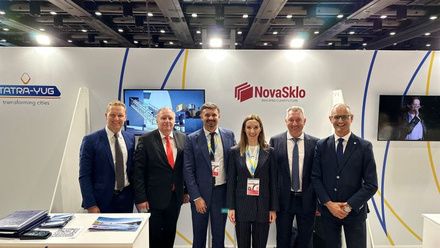Advanced microscopy technique can enhance lifespan of fusion power plants
Engineers at the University of Surrey have mapped hidden weaknesses inside welded metals.
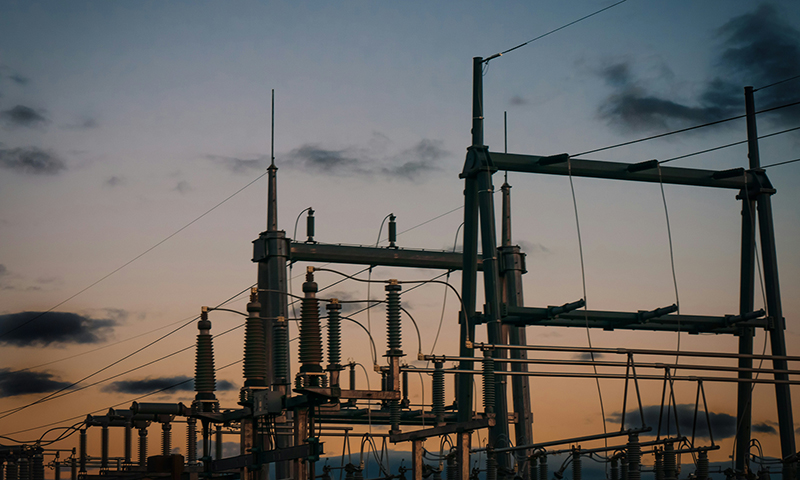
Previous studies have looked at material performance at lower temperatures, but this technique considers how welded joints behave under real fusion reactor conditions, making them more useful for future reactor design and safety assessments.
They are working in collaboration with the UK Atomic Energy Authority (UKAEA), the National Physical Laboratory, and global supplier of scientific instruments for nanoengineering TESCAN.
The research paper details how they have examined P91 steel, a candidate for future fusion plants.
They have used a plasma-focused ion beam and digital image correlation (PFIB-DIC) to map residual stress in ultra-narrow weld zones that were previously too small to study with conventional methods.
Their results showed that internal stress has a big impact on how P91 steel performs – beneficial stress making some areas harder and detrimental stress making others softer, which affects how the metal bends and breaks.
At 550°C, the kind of temperature expected in fusion reactors, the metal became more brittle and loses more than 30% of its strength.
The data provides a foundation for validating finite element simulation models and machine-learning-powered predictive tools, which have great potential to accelerate the design of fusion reactors.


